Chasing Chubs
It’s not often that we get a new ocean species out of nowhere, but over the past three seasons, we have seen a sudden—and unexplainable—explosion of a new (to the northeast inshore waters) species known as chub mackerel. I remember when it happened and it seemed to happen with the change of a tide—all of a sudden, guys fishing the breachways were seeing these huge schools of unidentifiable fish pushing bait in vast, frothing patches. At first everyone thought they were small bonito, but then a few guys found a way to catch them, and the confusion set in immediately. After area tackle shops had small piles of these weighty macks on their counters, Google searches revealed their identity. These same searches also revealed that, up until then, these billy-club-shaped mackerel were usually only seen south of Atlantic City.
A New Baitfish
Their appearance was written off as an interesting anomaly until they came back three years in a row and have now arrived here in Rhody again, making it four straight. These mackerel bring with them several positives, the first being that they present as a large, high-calorie baitfish that large striped bass and bluefish take much pleasure in dining upon. This has happened every year since they showed up. I spoke with surfcaster Pete Utschig about the power of the chubs, and he said that he had pulled a few cow bass on large soft plastics when the chubs were in close. He said that the big hits always seemed to be preceded by the feeling that something small (the chub macks) were nibbling at the tails of his baits. He was using Mega Shads, a good alternative to these would be Super Snax, threaded onto a leadhead of the appropriate weight for the area you’re fishing. Another positive (and this might be more of a pipe dream than anything) but with such a robust nearshore bluefin fishery this year, maybe—just maybe—we’ll get a shot at them within sight of the bridges again this year, it’s happened twice that I know of in the last 17 years, so it could happen again. If they get so much as a sniff of all this bait we have hanging around right now here in 2020, look out.
But beyond the large (or huge) gamefish they might attract, the chubs have also proven themselves to be a formidable opponent on fly and light spinning tackle. Just the other day Saltwater Edge staffer and fly fishing expert Christian Awe found them blitzing on the rocks near his house. He said that they were a blast on his 8-weight fly setup and balked at the notion that some people refer to them as ‘trash fish’. “No way,” he said, “they're a challenge to hook and they rip more drag than striped bass of the same size. They’re almost like mini albies!” He went on to say that as long as you match your tackle to the size of the fish, you’re going to find catching them to be addictive.
Chub I.D.
Perhaps the next best thing about fishing these blitzes of chub macks is watching them feed. Christian described their feeding style as “pushing bait like a snowplow”. He said the schools will ‘raft’ rapidly behind schools of tiny bait, but they don’t slash and porpoise like albies and bonito. He said they all work together moving as one large ‘bait destroying’ carpet of tiny mouths, they will often make sharp turns as if synchronized, but almost always stay shoulder-to-shoulder when on the feed. When the blitzes are particularly large, it’s not uncommon for the schools to break up into pods and feed as smaller, isolated blitzes that make their own unique and independent moves.
Flies for Hooking Up

Christian said that hooking them is far from a guarantee. The macks tend to be in the 10- to 16-inch range and typically feed on tiny bait—averaging in the 1/2- to 2-inch range. This makes them a no-brainer fly rod target. Christian suggests fishing a 6- to 8-weight rod with a floating line and a short leader. He said small, flashy flies that can be fished quickly are a great choice. He suggests filling the box with Bonito Bunnies, #2 size epoxy sand eels like the Pop Fleye Sand Eel #2, Beech’s Eye Candies (don't be afraid to trim the tail to match the size of the bait) and (his favorite) Enrico Puglisi’s Micro Minnows. He recommends making casts that allow you to fish the flies in the same direction that the school is moving and work with fast strips.
Lures for Hooking Up





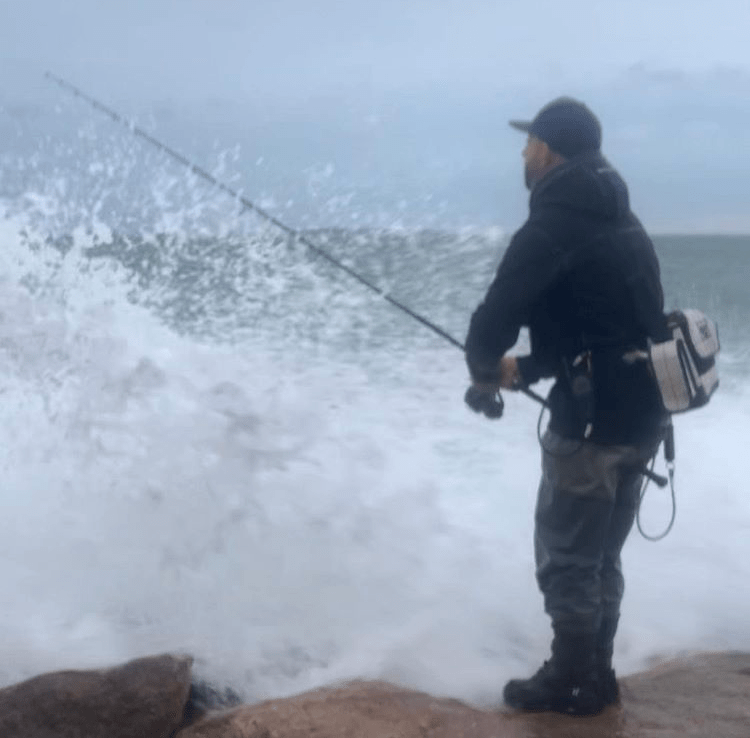

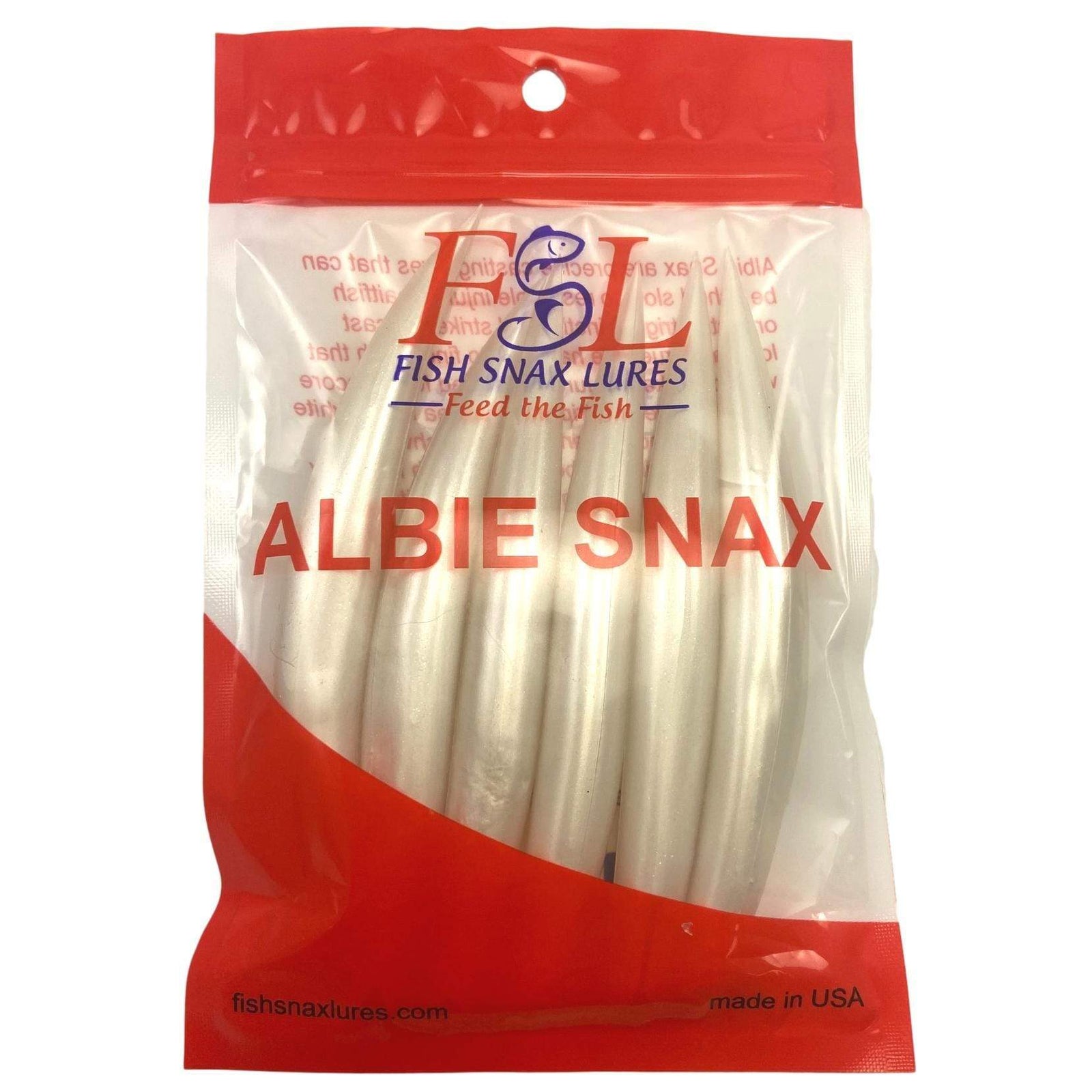

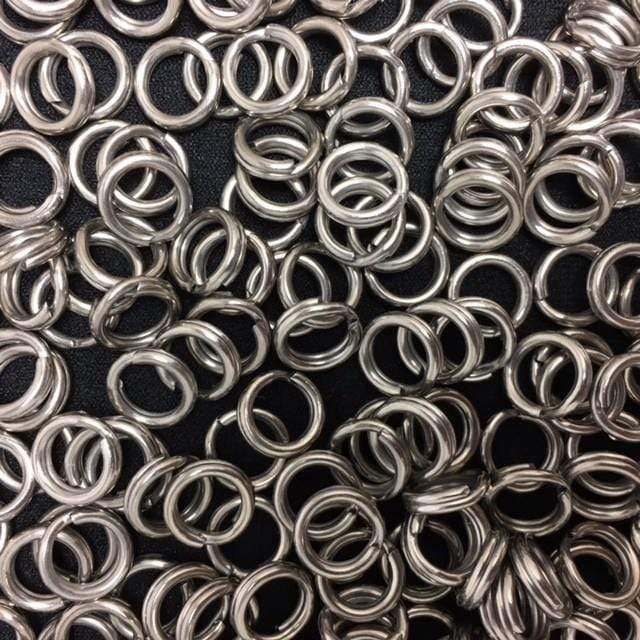
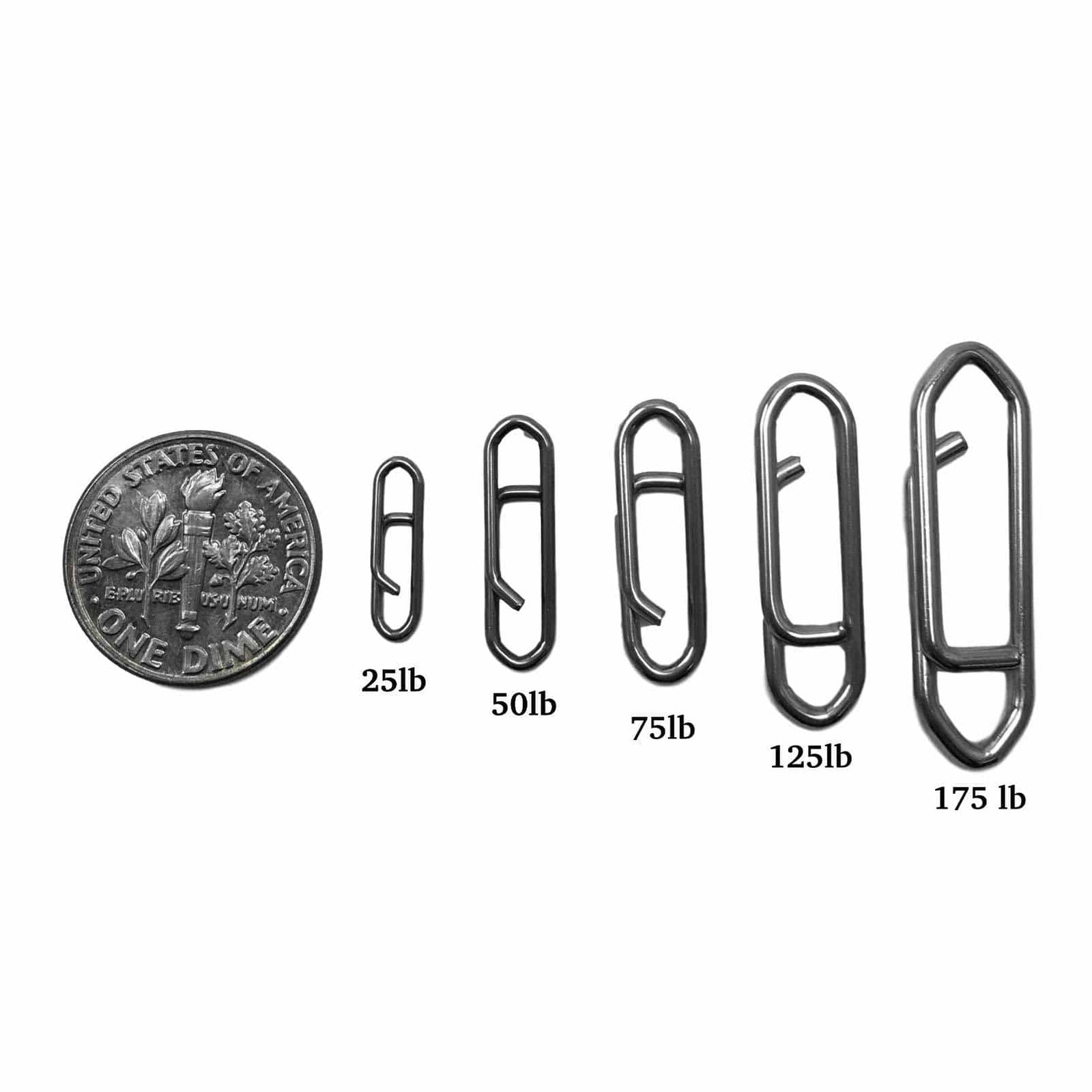




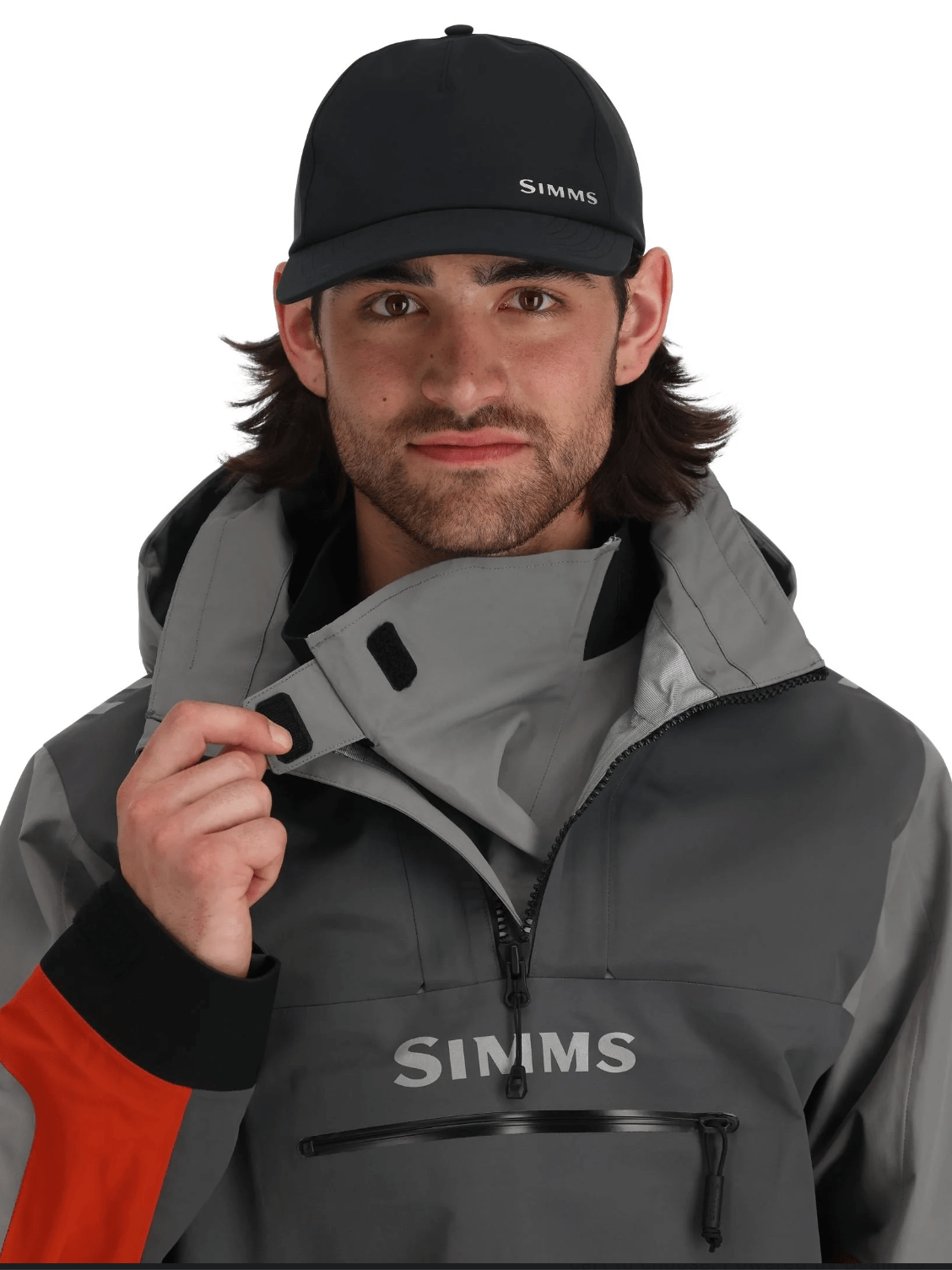

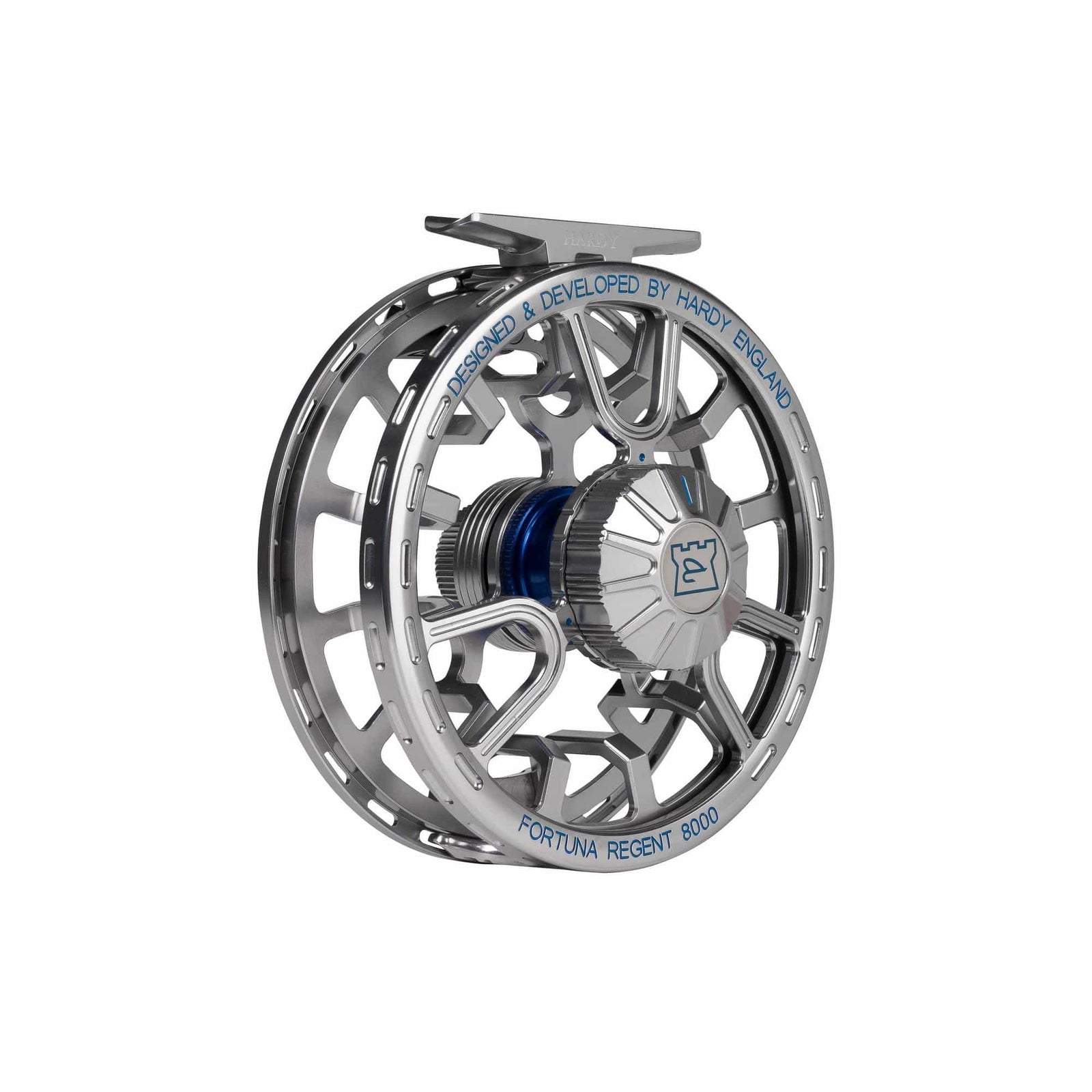
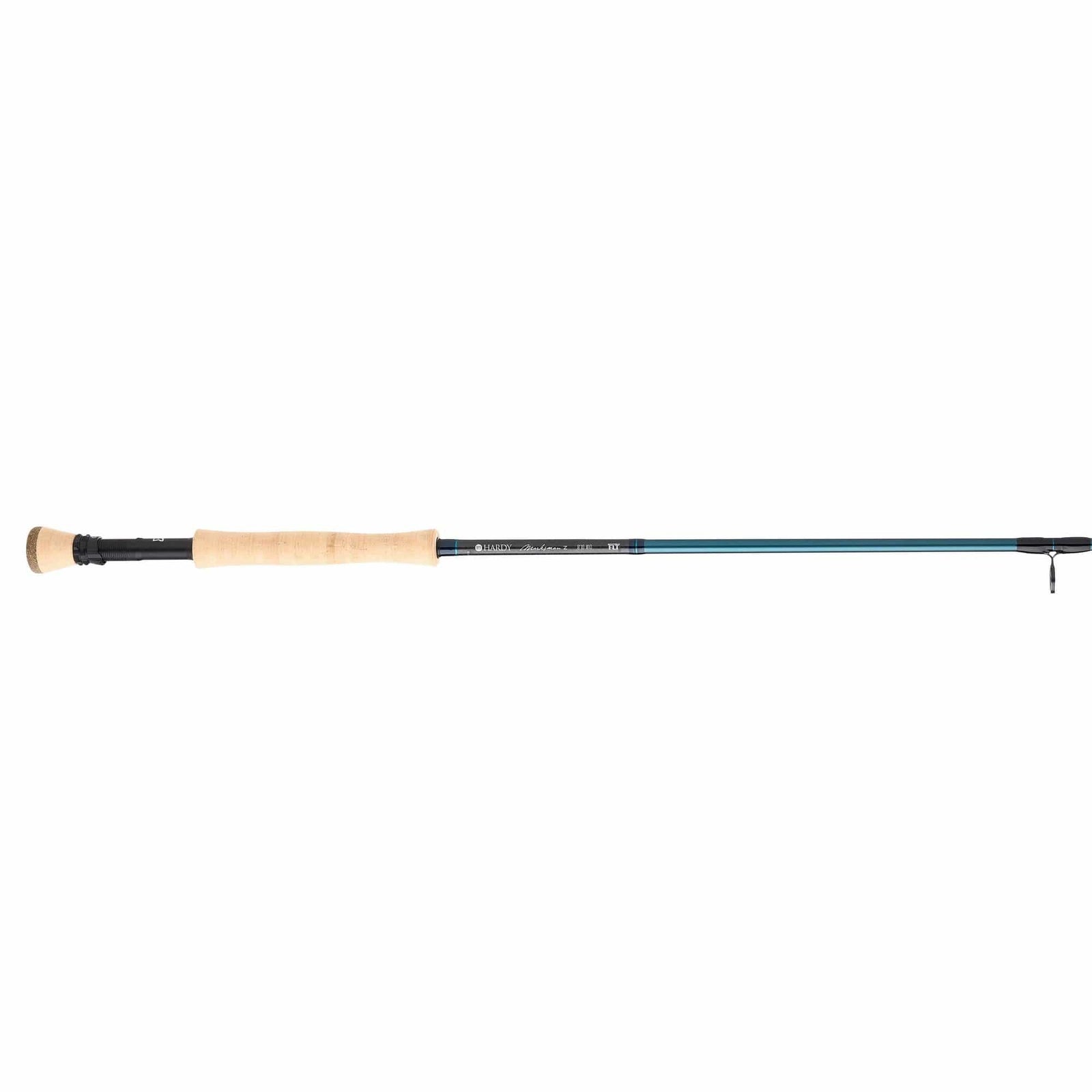
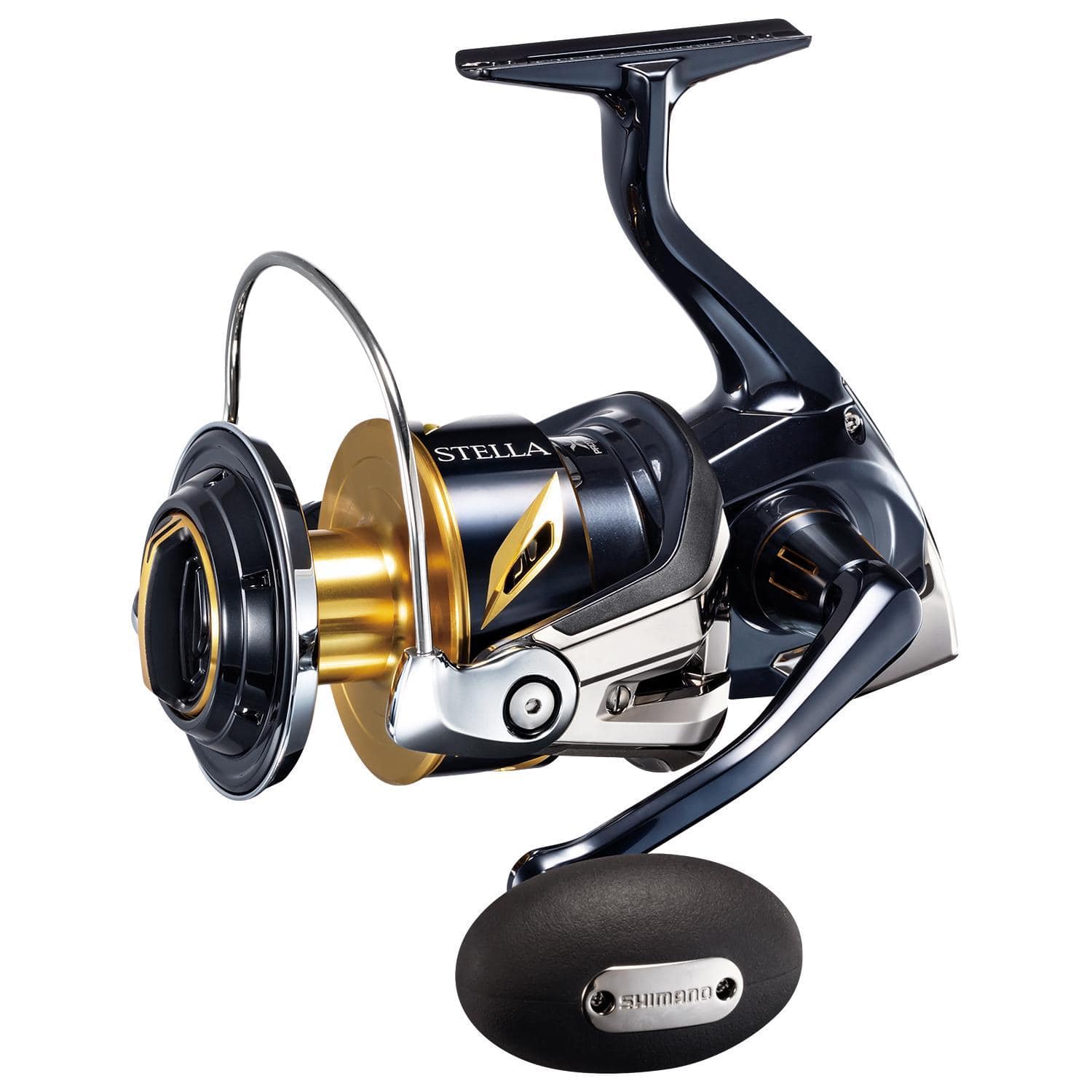
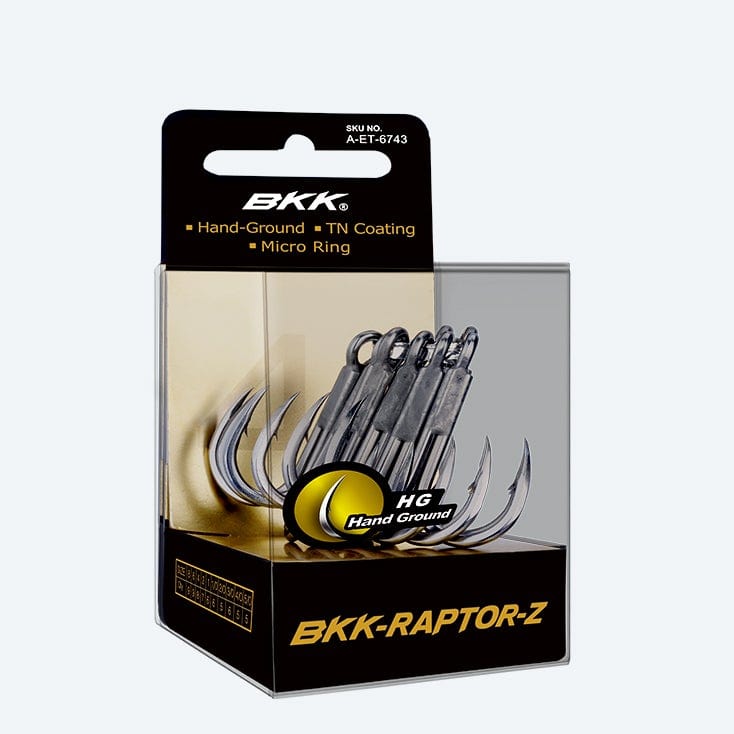





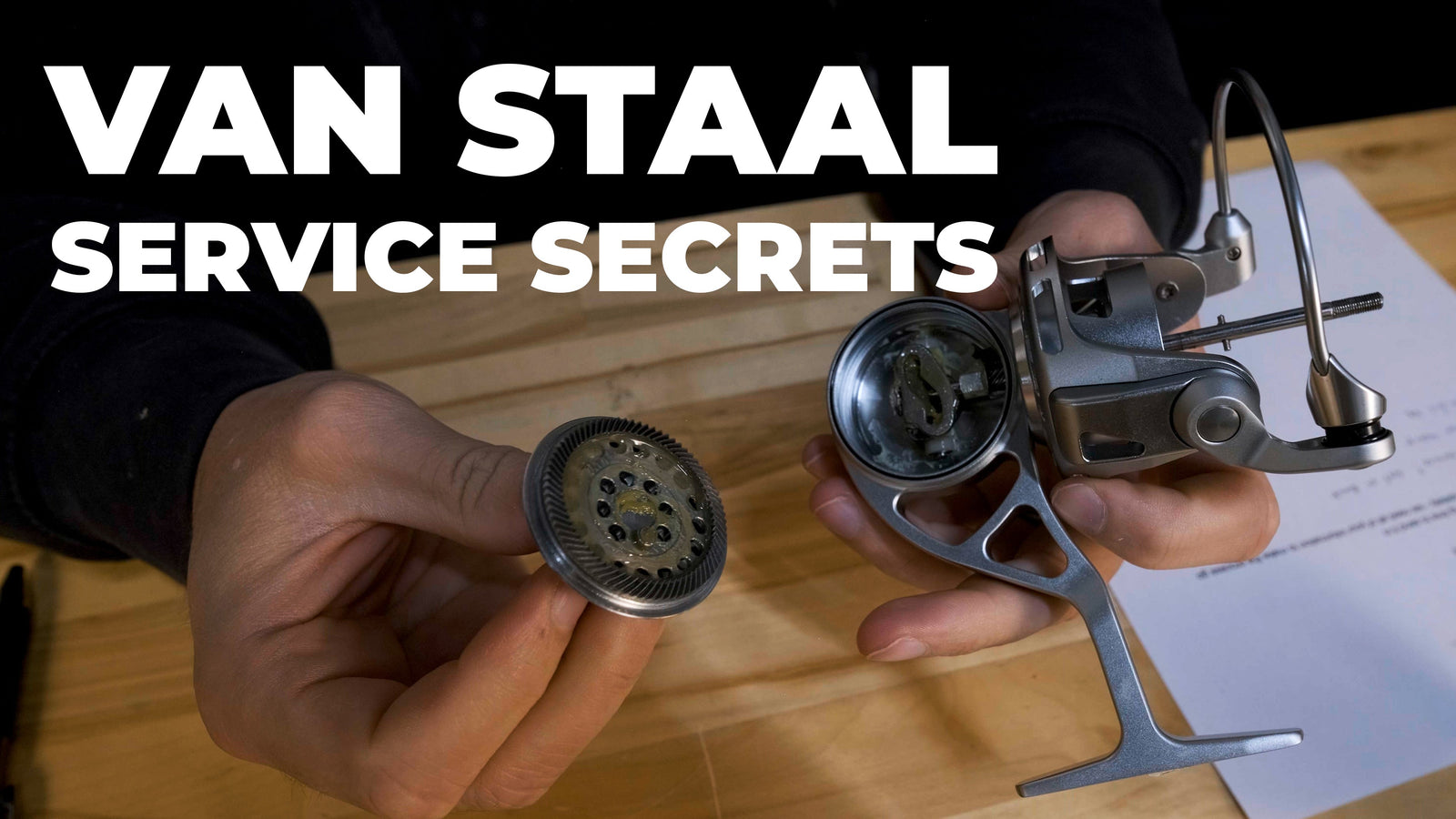
Lawrence Thompson
August 11, 2021
After blitzing when they go down, I’ve been catching them on 20 gram slow pitch jigs! You can also cast into them let the jig drop for maybe 3-5 seconds then work the jig! Those chubs fight like crazy!